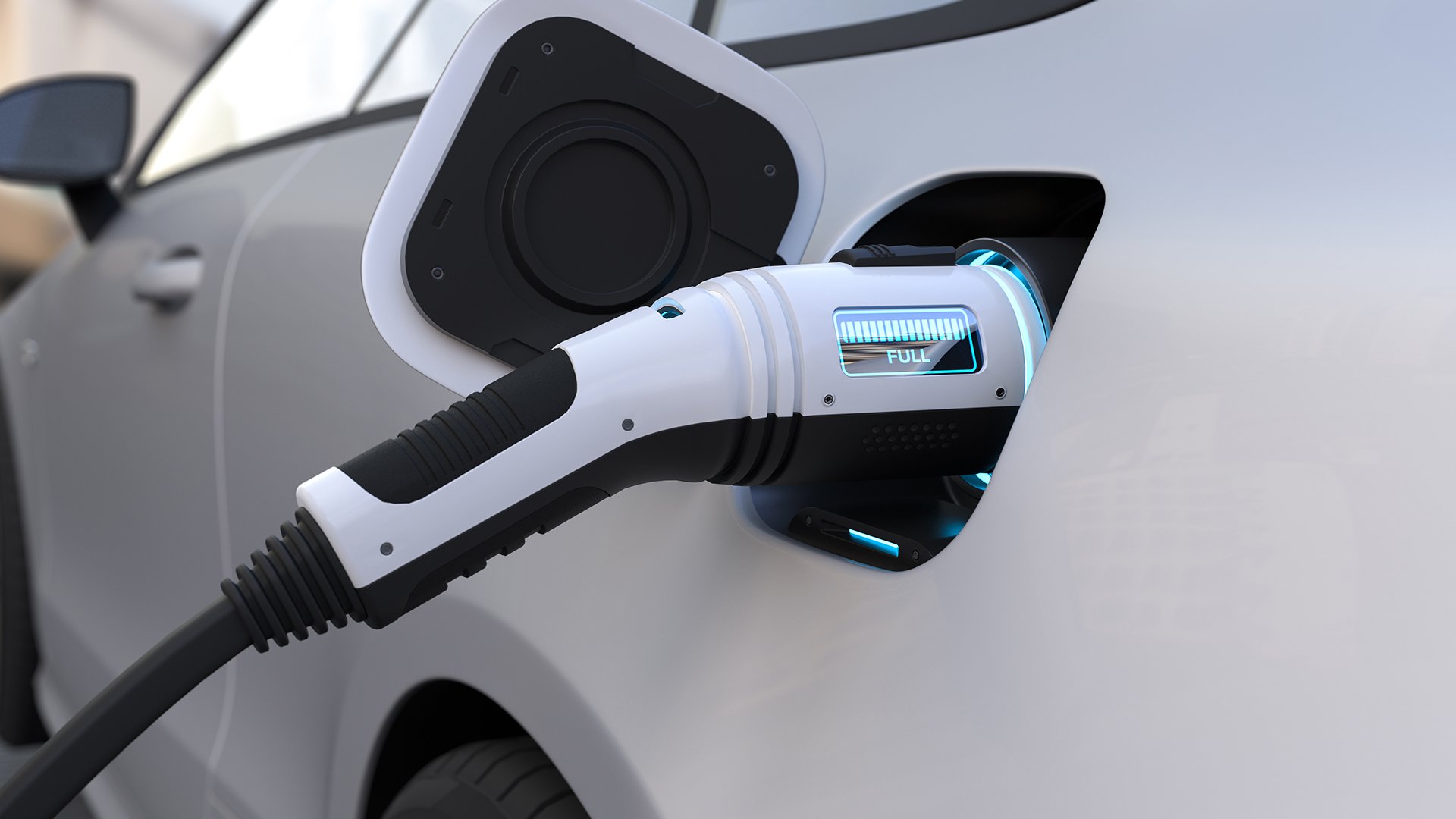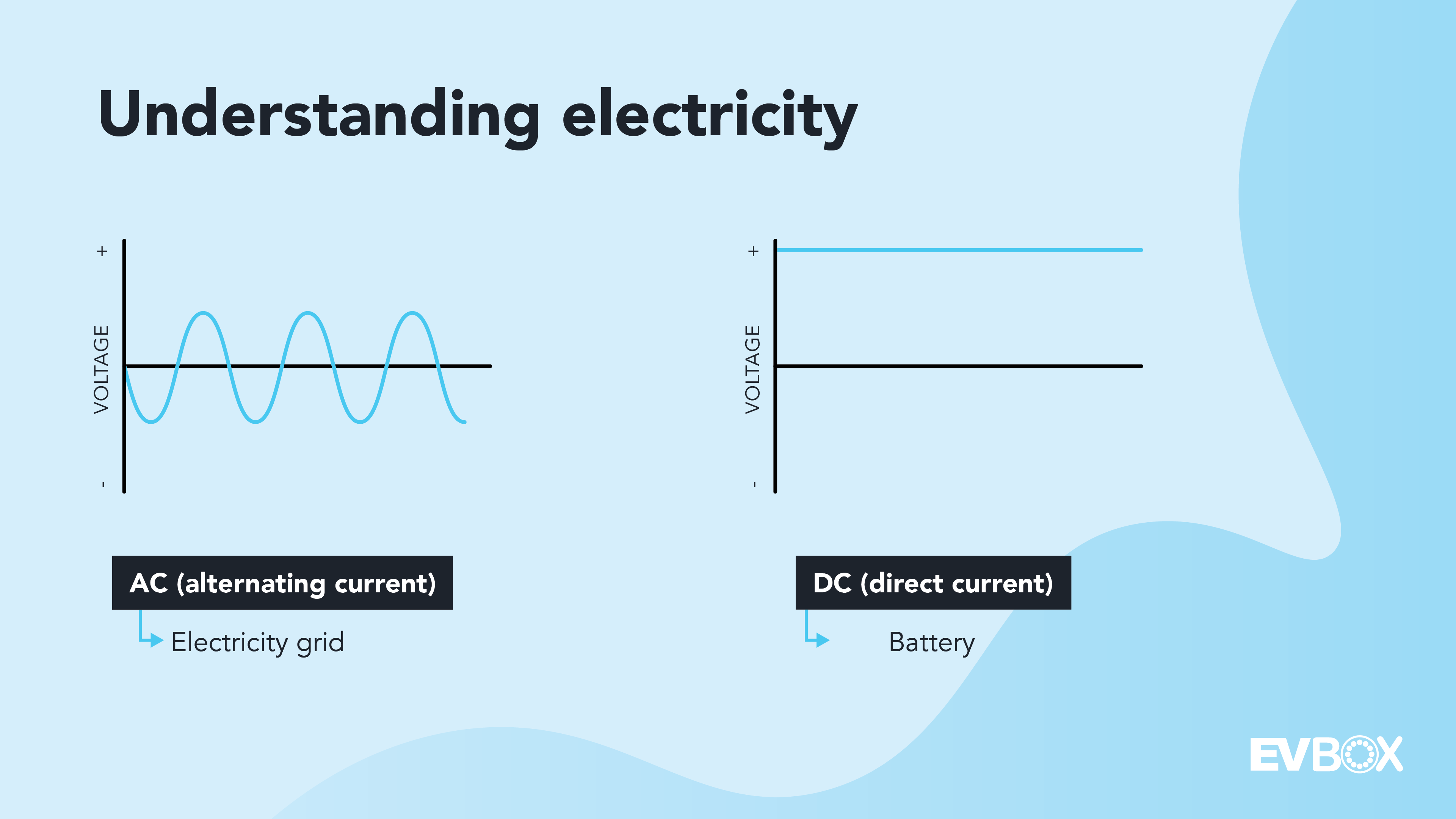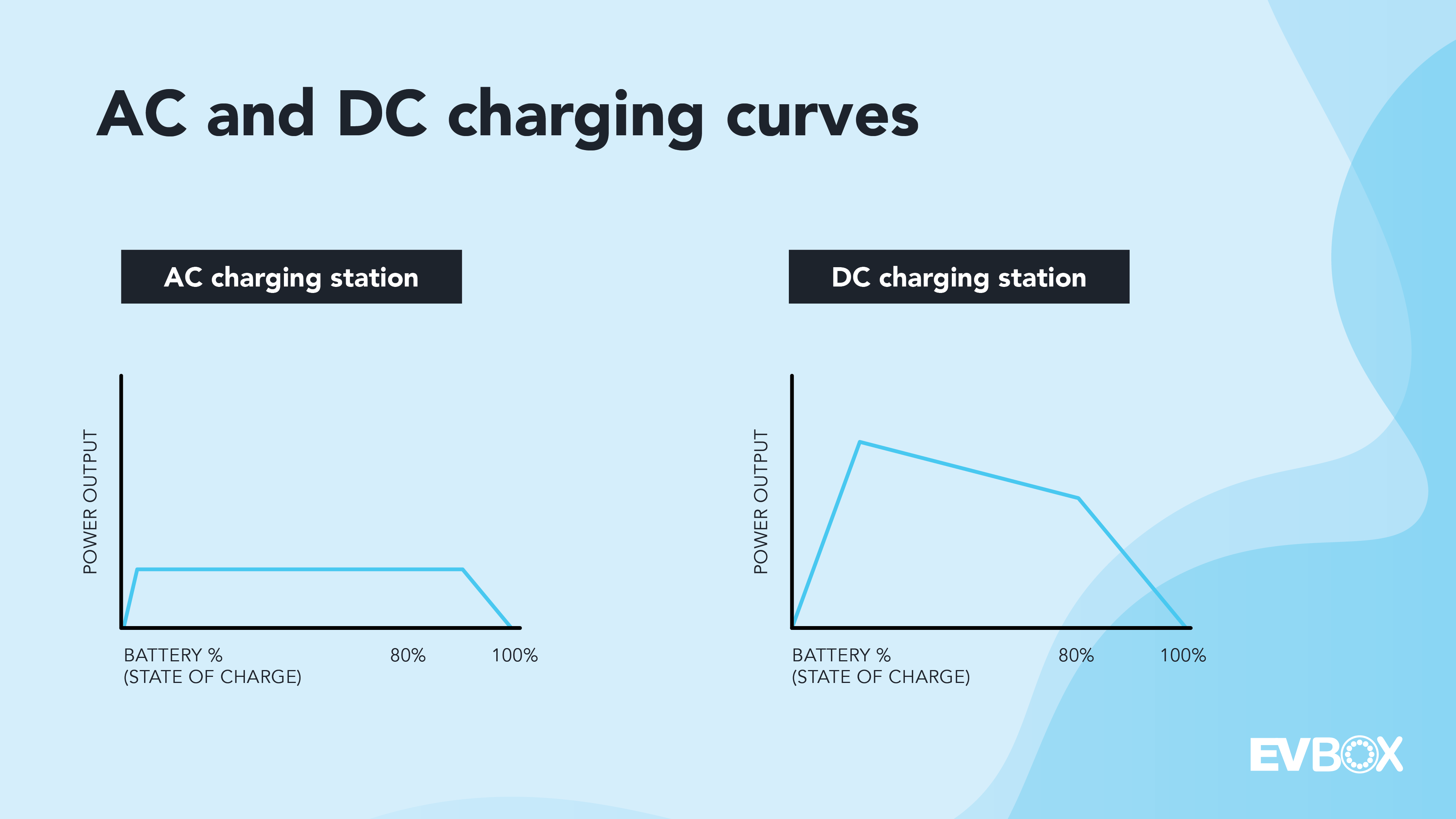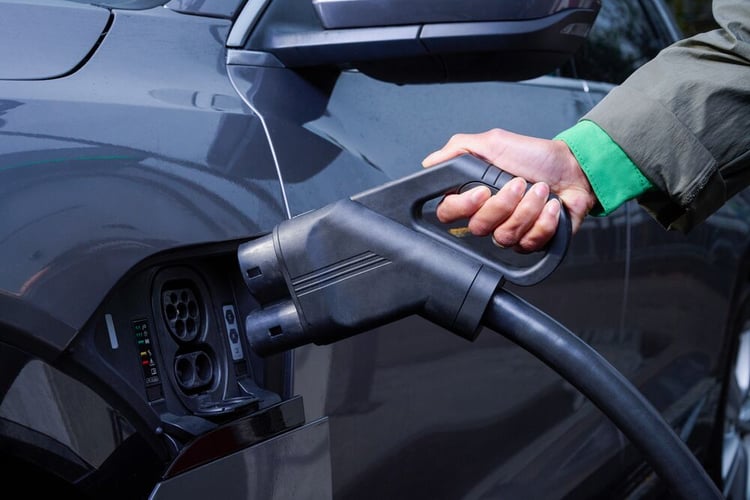
Driving an electric car has never been more popular than it is today. Millions of people around the world already drive an electric car and by 2030, this number is expected to be a whopping 140 million.
While the UK government (and others around the world) are creating new legislation and launching incentives to help the world shift towards electric mobility, and car manufacturers are bringing more electric models to market, consumers and businesses are wondering what electric mobility means for them.
One of the most noticeable shifts will be the way in which we fill up our tanks. Most drivers today are used to filling their tanks up with fuel; they know how much they need, what it costs, and which type they need to put in their tanks. However, when it comes to filling up an electric car, charging works differently.
The places you can charge your car are becoming far more diverse, and the time it takes can differ. This article explains everything you need to know about the different Levels of electric vehicle (EV) charging.
What are the different Levels of EV charging?
EV charging is divided into three Levels; Level 1, Level 2, and Level 3. Generally speaking, the higher the Level, the higher the power output and the faster it will charge.
Isn't it simple? Great. There are, however, a few other factors to consider. Before going any further, it's crucial to understand how electric vehicle charging stations are powered.
How are charging stations powered?
Without getting too technical, when it comes to EV charging, there are two types of electrical currents that are important: alternating current (AC) and direct current (DC).

What is alternating current (AC)?
The power that comes from the grid and is available in your house or office's domestic sockets is always AC. This electrical current got its name because of the way it flows: changing direction frequently, causing the current to alternate.
As AC electricity can be transported over long distances efficiently, it is the global standard we all know and have direct access to. But this doesn’t mean we don’t use direct current (DC). Quite the opposite, we use it all the time to power our devices.
What is direct current (DC)?
Direct current is the electricity that is stored in batteries or utilised in the actual power circuitry of electric devices. DC, like AC, is named after the direction in which its power flows; DC electricity travels in a straight line and directly powers your device.

As a point of reference, an electric device plugged into a socket will always receive alternating current. Batteries in electric devices, on the other hand, store direct current, so there is a conversion occurring inside your device.
Electric vehicles are no different when it comes to power conversion. The grid's AC power is converted inside the vehicle by an onboard converter and stored as DC electricity in the battery, which drives your vehicle.
Which type of current is used to charge my electric car?
While Level 1 and Level 2 charging use the vehicle's onboard converter to convert AC to DC, Level 3 charging sends DC power straight to the battery. This is attributed to the AC to DC conversion taking place outside of the vehicle and in the charging station itself. Therefore, Level 3 charging (also known as DC or fast charging) bypasses the time-consuming conversion process and delivers the power directly to the EV battery.
.png?width=1280&name=Understanding%20electricity%20(2).png)
The difference between EV charging levels
What is Level 1 charging?
Level 1 charging refers to plugging the cable that came with your electric car into a standard household outlet. Not only is charging via a domestic socket the slowest way to charge an electric car, as they only deliver up to 2.3 kW (10 A) which equates to 4 to 5 miles of range per hour, but under certain circumstances this method can also be dangerous.
What is Level 2 charging?
Level 2 charging refers to using a charging station that is either placed on a wall, pole, or stands on the ground to charge your EV. Given their price point and charging speed, Level 2 chargers are commonly found at residential and commercial locations.
Depending on the power output of the charging station and the vehicle type, charging on a Level 2 charging station is roughly 5 to 15 times faster than charging via a regular socket.
Level 2 chargers come with a range of charging capabilities. Charging for an hour with a 7.4 kW charger delivers about 25 miles of range, an 11 kW charger about 37 miles of range, and a 22 kW charger around 75 miles of range. These calculations are estimates based on the average battery use of 18 kWh per 62 miles.
What is Level 3 charging?
Also known as fast charging, Level 3 charging delivers more power, faster, making them ideal for short-stop locations like service stations and fleet depots. As the power output needed for Level 3 charging is a lot higher than it is for Level 2 charging stations, it goes without saying that Level 3 chargers are much faster than Level 1 and Level 2 charging stations. Some Level 3 stations provide up to 350 kW of power, and by doing so, can charge an EV in about 15 minutes.
Earlier, we explained that the battery inside an electric car only stores DC energy. This means that when using a Level 3 charger, the conversion from AC (from the grid) to DC takes place in the charging station itself.
Therefore, Level 3 charging stations are typically quite large. This is in order to house the substantial converters needed to be able to convert AC power a lot faster than regular on-board converters within an electric car.
Why charging flows differently
With Level 1 and Level 2 (AC) charging, the power delivered by the charging station is steady and represents a flat line. This has to do with the fact that the onboard converter is relatively small and can only take a certain amount of power at a time.
With Level 3 charging, the charging line represents a quick peak before it gradually falls. This has to do with the large converters and the fast input of power. However, as the battery gradually reaches a higher state of charge (SoC) it will input less power.
To demonstrate this, consider filling an empty glass with water. When you first pour water into the glass, it flows quickly, but as you approach closer to the top, you begin to slow down to avoid the glass overflowing. The empty glass represents the battery, while the DC charger represents the water-filled bottle in Level 3 charging.
This is also the reason why electric cars request less power once the battery has been charged to 80 percent, and why the final stretch of the charge is always slower.

The differences between Levels 1, 2, and 3 will ultimately affect the charging times of a vehicle. If you'd like to read more about the different Levels and how to choose the one that's right for you, your vehicle, and your needs, visit our website to learn more about home charging, business charging, and fast charging.
Subscribe to our newsletter for exclusive insights on all things electric mobility, right to your inbox.
Related articles

Is DC fast charging bad for your EV battery?
While there is research that shows that frequent rapid (DC) charging can somewhat degrade the battery quicker than AC...

5 things you didn't know about EV batteries
There’s little doubt that electric mobility is the future. Electric vehicle (EV) sales have skyrocketed in the past few...

Electric car battery weight explained
How much an electric vehicle (EV) battery weighs depends greatly on the vehicle and model. On average, however, EV...